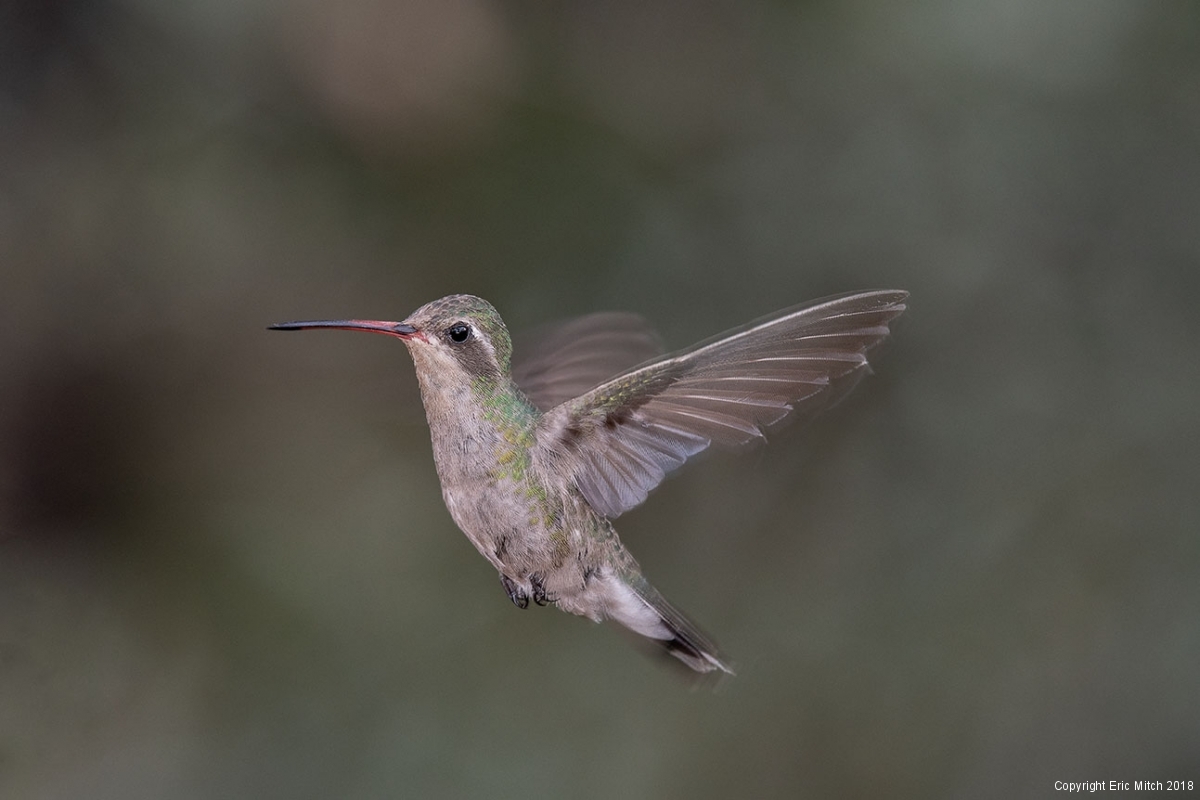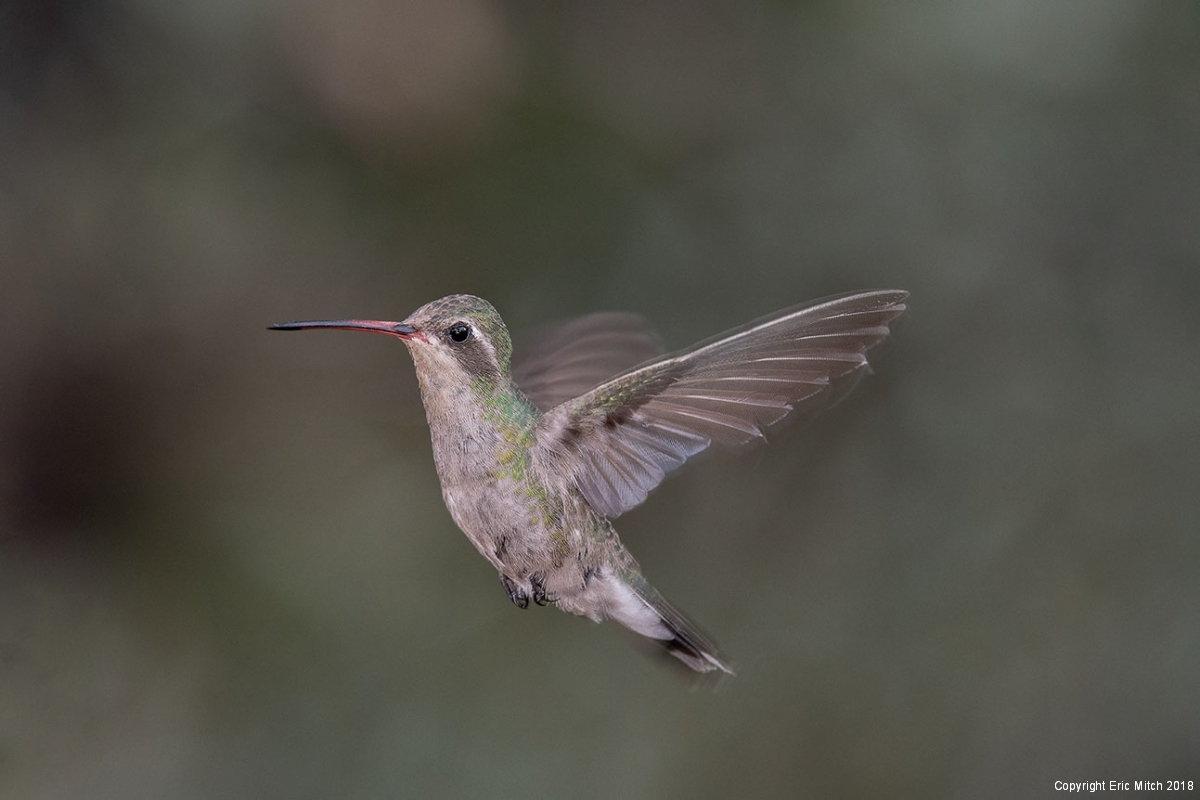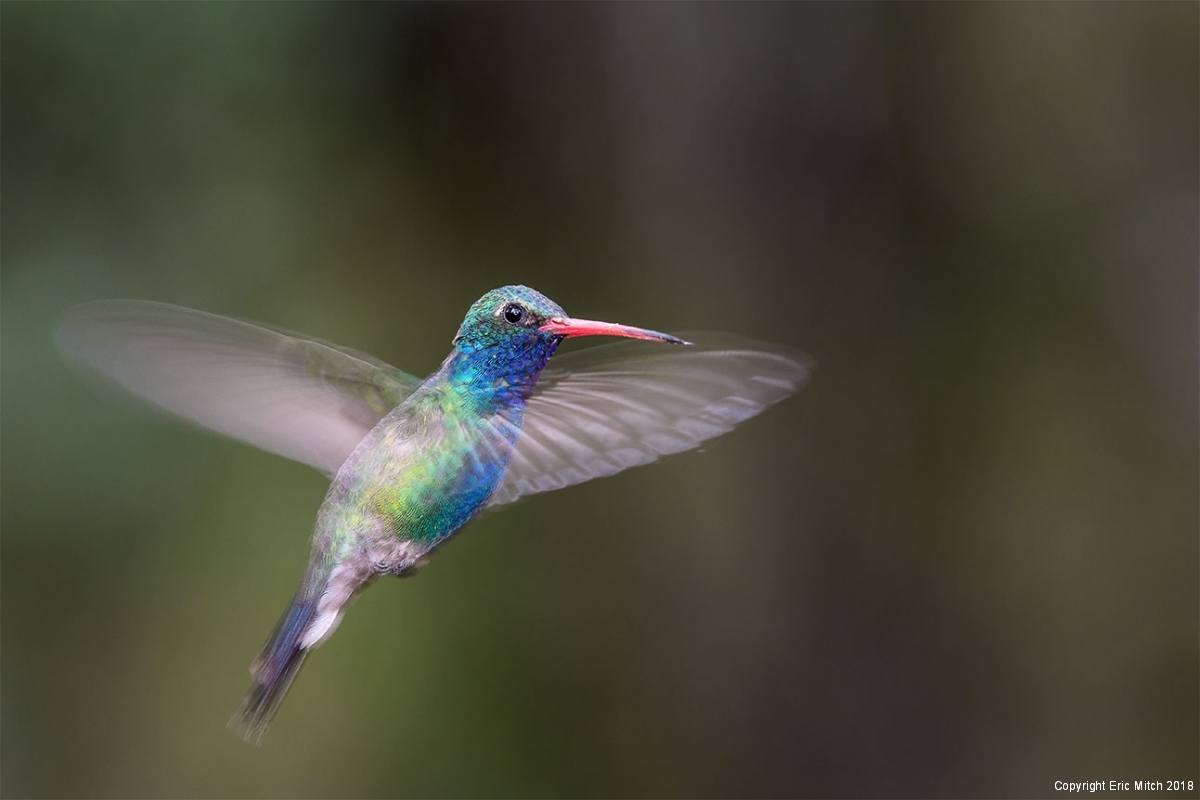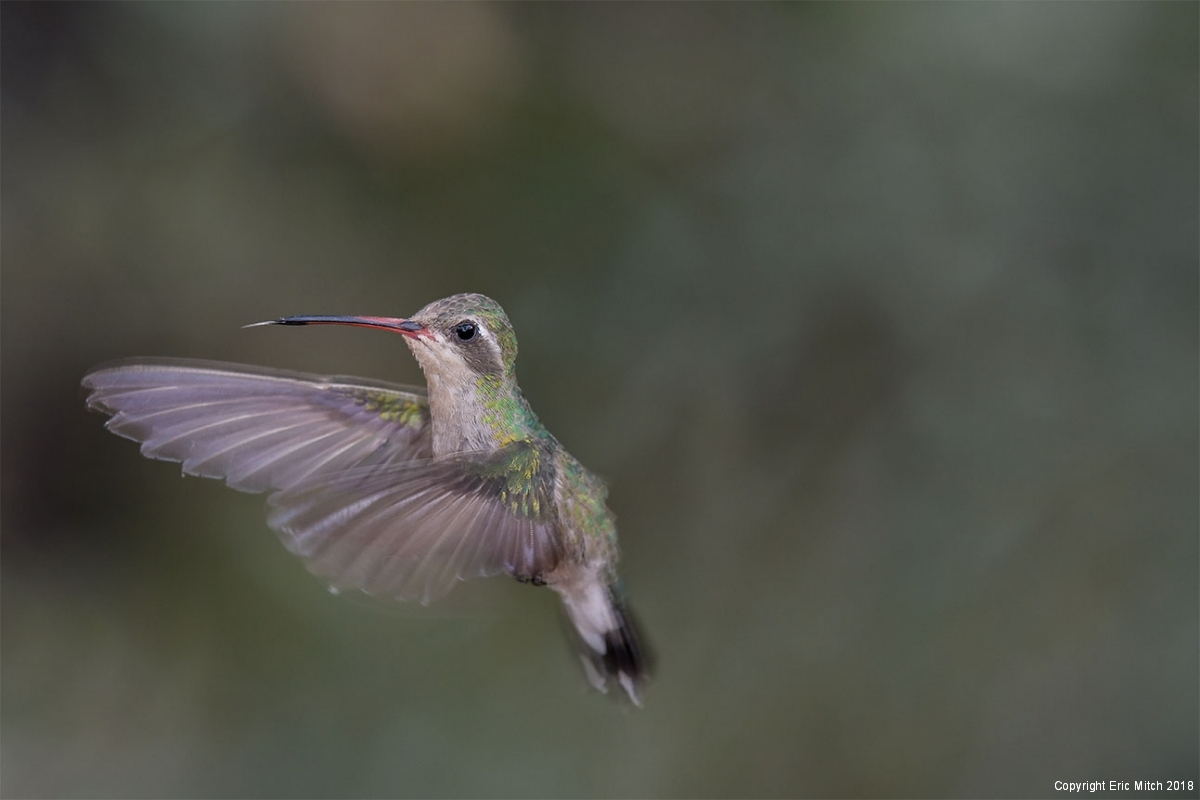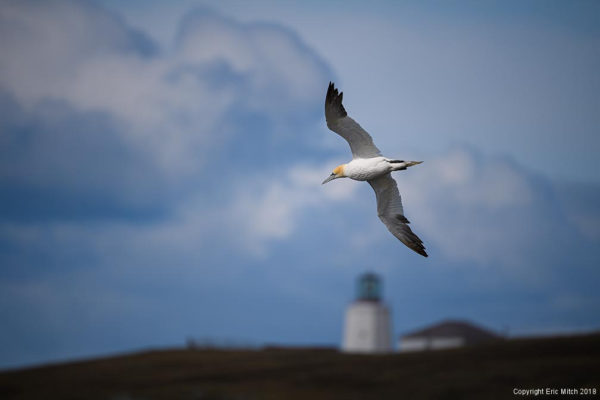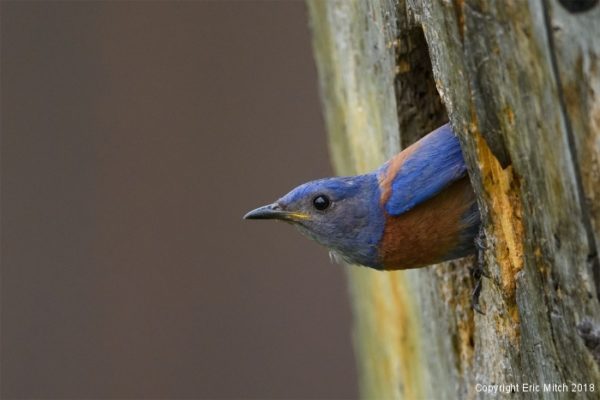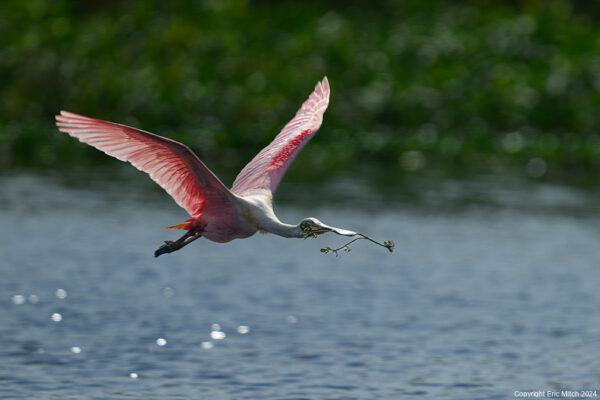The general rule with birds is that the males are more brightly colored than the females. When it comes to wildlife photography, the interest is usually the most interesting and colorful. This can bias photographers to focus on the males of species which leaves a lot of people to never know what the females look like.
When telling the story of the biology of your subject, especially if you are documenting the mating of the species, it is a good idea to make sure you cover everything. While we were photographing hummingbirds in Madera Canyon, the females were just as active at the feeders. In fact, although I made no scientific measurements, we had just as many if not more females. Probably because the males were busy defending the feeders and driving off other males. Since the females weren’t be harassed as much, it gave us many opportunities to get great shots that demonstrate the birds biology and how they feed. If you notice in the last photo, hummingbirds have a thin translucent tongue that they quickly flick in out and out to pull the sugar water (or nectar) in to their mouths.
On our new camera rigs, we used small flash softboxes to direct more light on to the hummingbird. These were aligned and powered to bring out the color in the bird and highlight the gorget. Obviously, this is more pronounced on the males and what were are going for for color. But as you can see there is great color in the females as well.
These hummingbirds were photographed with the Nikon D500 with the Nikkor 300mm f/4E PF ED and 2x SB-5000s.
